Arnaud Van Looveren
Towards Practicable Sequential Shift Detectors
Jul 27, 2023
Abstract:There is a growing awareness of the harmful effects of distribution shift on the performance of deployed machine learning models. Consequently, there is a growing interest in detecting these shifts before associated costs have time to accumulate. However, desiderata of crucial importance to the practicable deployment of sequential shift detectors are typically overlooked by existing works, precluding their widespread adoption. We identify three such desiderata, highlight existing works relevant to their satisfaction, and recommend impactful directions for future research.
Desiderata for next generation of ML model serving
Oct 26, 2022
Abstract:Inference is a significant part of ML software infrastructure. Despite the variety of inference frameworks available, the field as a whole can be considered in its early days. This paper puts forth a range of important qualities that next generation of inference platforms should be aiming for. We present our rationale for the importance of each quality, and discuss ways to achieve it in practice. An overarching design pattern is data-centricity, which enables smarter monitoring in ML system operation.
Context-Aware Drift Detection
Mar 16, 2022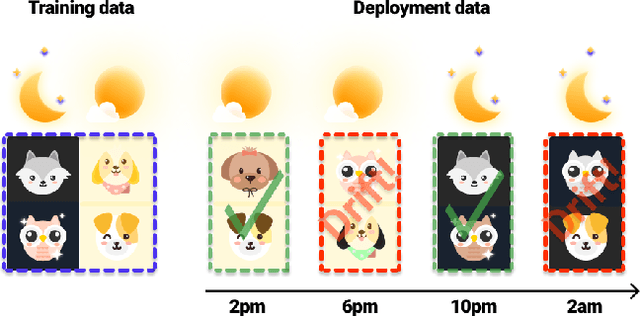



Abstract:When monitoring machine learning systems, two-sample tests of homogeneity form the foundation upon which existing approaches to drift detection build. They are used to test for evidence that the distribution underlying recent deployment data differs from that underlying the historical reference data. Often, however, various factors such as time-induced correlation mean that batches of recent deployment data are not expected to form an i.i.d. sample from the historical data distribution. Instead we may wish to test for differences in the distributions conditional on \textit{context} that is permitted to change. To facilitate this we borrow machinery from the causal inference domain to develop a more general drift detection framework built upon a foundation of two-sample tests for conditional distributional treatment effects. We recommend a particular instantiation of the framework based on maximum conditional mean discrepancies. We then provide an empirical study demonstrating its effectiveness for various drift detection problems of practical interest, such as detecting drift in the distributions underlying subpopulations of data in a manner that is insensitive to their respective prevalences. The study additionally demonstrates applicability to ImageNet-scale vision problems.
Sequential Multivariate Change Detection with Calibrated and Memoryless False Detection Rates
Aug 02, 2021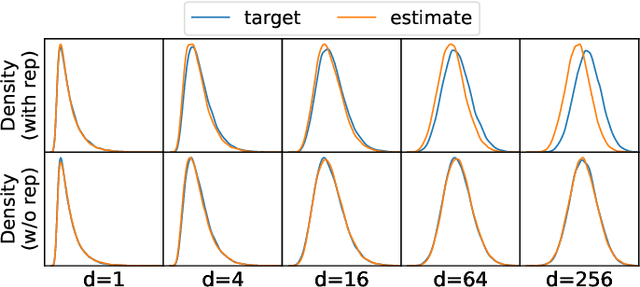
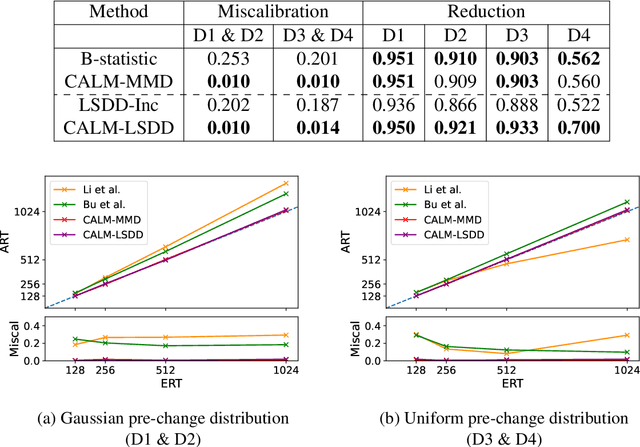
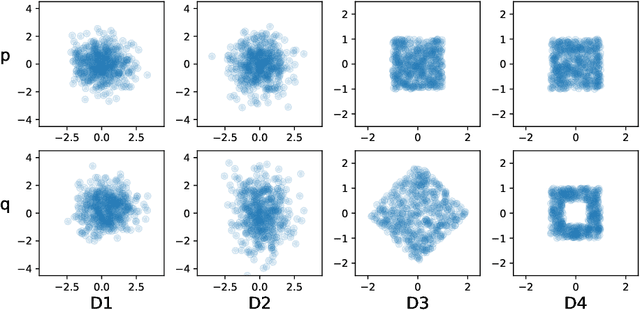
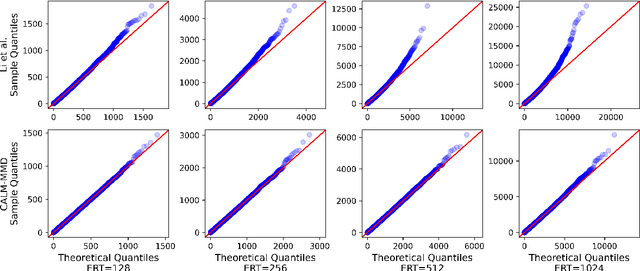
Abstract:Responding appropriately to the detections of a sequential change detector requires knowledge of the rate at which false positives occur in the absence of change. When the pre-change and post-change distributions are unknown, setting detection thresholds to achieve a desired false positive rate is challenging, even when there exists a large number of samples from the reference distribution. Existing works resort to setting time-invariant thresholds that focus on the expected runtime of the detector in the absence of change, either bounding it loosely from below or targeting it directly but with asymptotic arguments that we show cause significant miscalibration in practice. We present a simulation-based approach to setting time-varying thresholds that allows a desired expected runtime to be targeted with a 20x reduction in miscalibration whilst additionally keeping the false positive rate constant across time steps. Whilst the approach to threshold setting is metric agnostic, we show that when using the popular and powerful quadratic time MMD estimator, thoughtful structuring of the computation can reduce the cost during configuration from $O(N^2B)$ to $O(N^2+NB)$ and during operation from $O(N^2)$ to $O(N)$, where $N$ is the number of reference samples and $B$ the number of bootstrap samples. Code is made available as part of the open-source Python library \texttt{alibi-detect}.
Model-agnostic and Scalable Counterfactual Explanations via Reinforcement Learning
Jun 04, 2021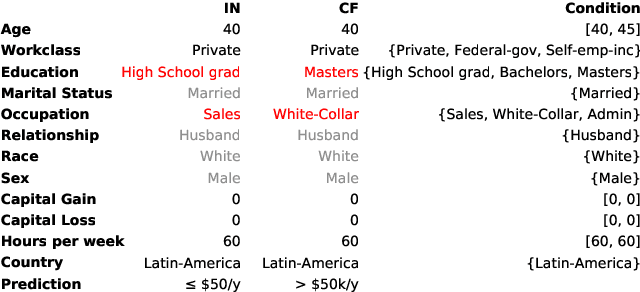

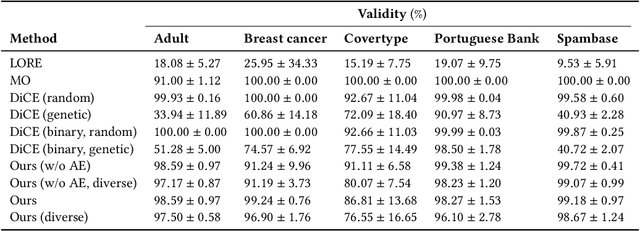
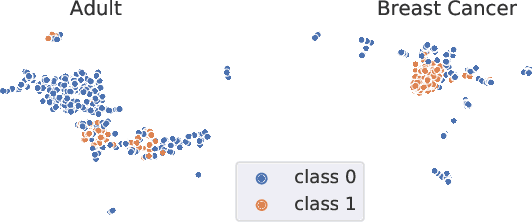
Abstract:Counterfactual instances are a powerful tool to obtain valuable insights into automated decision processes, describing the necessary minimal changes in the input space to alter the prediction towards a desired target. Most previous approaches require a separate, computationally expensive optimization procedure per instance, making them impractical for both large amounts of data and high-dimensional data. Moreover, these methods are often restricted to certain subclasses of machine learning models (e.g. differentiable or tree-based models). In this work, we propose a deep reinforcement learning approach that transforms the optimization procedure into an end-to-end learnable process, allowing us to generate batches of counterfactual instances in a single forward pass. Our experiments on real-world data show that our method i) is model-agnostic (does not assume differentiability), relying only on feedback from model predictions; ii) allows for generating target-conditional counterfactual instances; iii) allows for flexible feature range constraints for numerical and categorical attributes, including the immutability of protected features (e.g. gender, race); iv) is easily extended to other data modalities such as images.
Conditional Generative Models for Counterfactual Explanations
Jan 25, 2021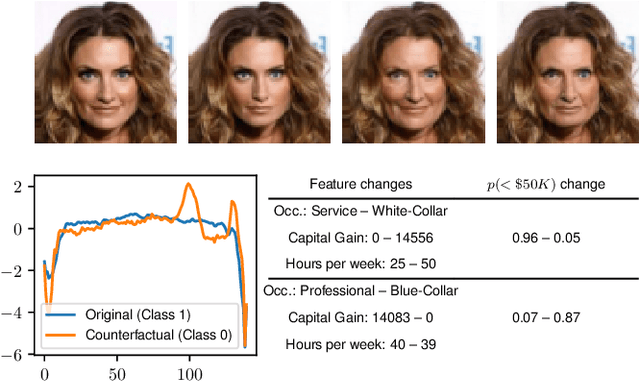

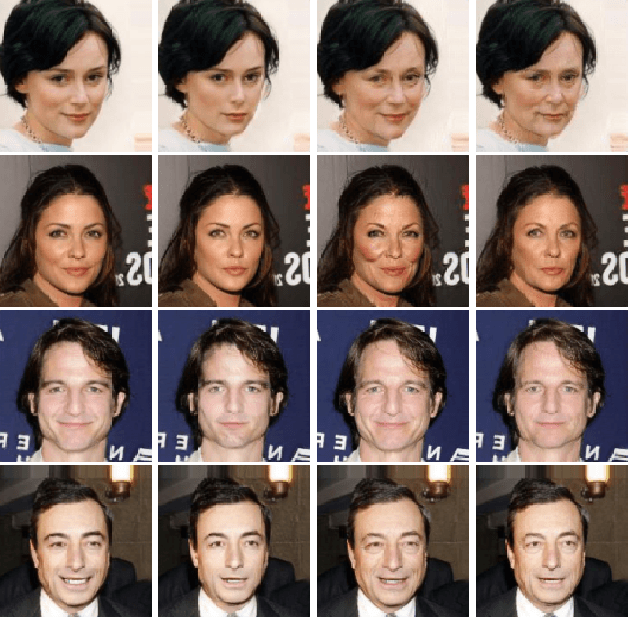

Abstract:Counterfactual instances offer human-interpretable insight into the local behaviour of machine learning models. We propose a general framework to generate sparse, in-distribution counterfactual model explanations which match a desired target prediction with a conditional generative model, allowing batches of counterfactual instances to be generated with a single forward pass. The method is flexible with respect to the type of generative model used as well as the task of the underlying predictive model. This allows straightforward application of the framework to different modalities such as images, time series or tabular data as well as generative model paradigms such as GANs or autoencoders and predictive tasks like classification or regression. We illustrate the effectiveness of our method on image (CelebA), time series (ECG) and mixed-type tabular (Adult Census) data.
Monitoring and explainability of models in production
Jul 13, 2020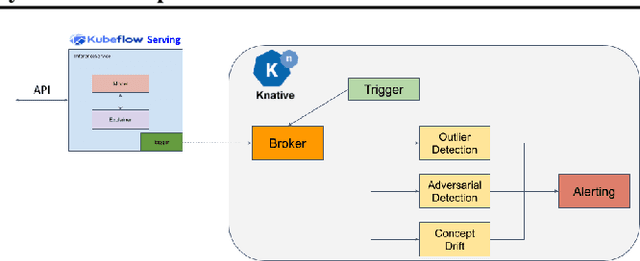
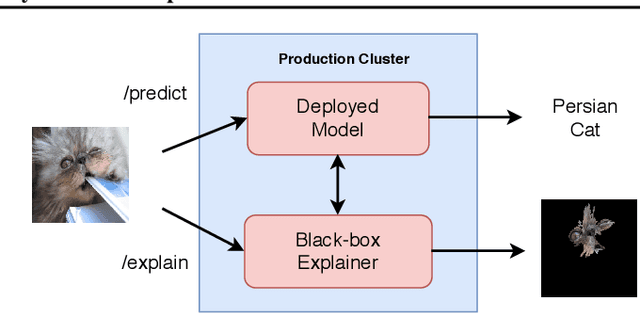
Abstract:The machine learning lifecycle extends beyond the deployment stage. Monitoring deployed models is crucial for continued provision of high quality machine learning enabled services. Key areas include model performance and data monitoring, detecting outliers and data drift using statistical techniques, and providing explanations of historic predictions. We discuss the challenges to successful implementation of solutions in each of these areas with some recent examples of production ready solutions using open source tools.
Adversarial Detection and Correction by Matching Prediction Distributions
Feb 21, 2020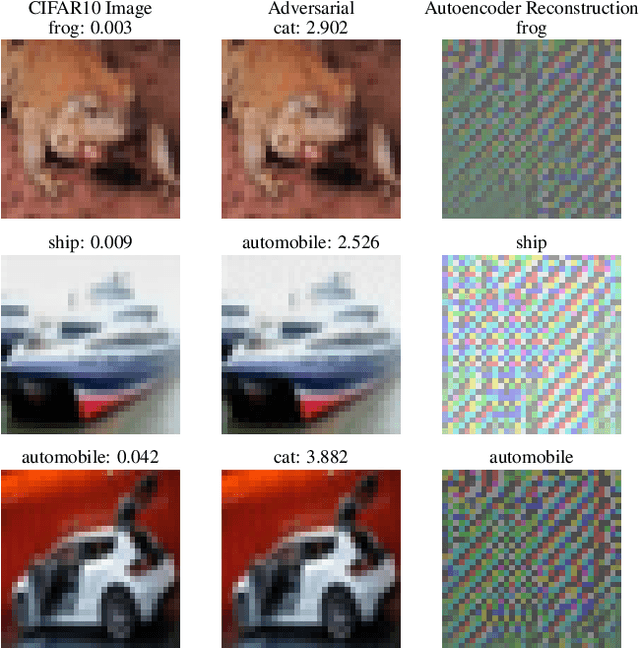

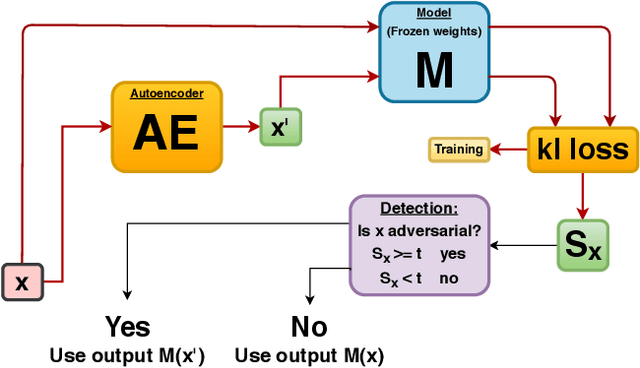

Abstract:We present a novel adversarial detection and correction method for machine learning classifiers.The detector consists of an autoencoder trained with a custom loss function based on the Kullback-Leibler divergence between the classifier predictions on the original and reconstructed instances.The method is unsupervised, easy to train and does not require any knowledge about the underlying attack. The detector almost completely neutralises powerful attacks like Carlini-Wagner or SLIDE on MNIST and Fashion-MNIST, and remains very effective on CIFAR-10 when the attack is granted full access to the classification model but not the defence. We show that our method is still able to detect the adversarial examples in the case of a white-box attack where the attacker has full knowledge of both the model and the defence and investigate the robustness of the attack. The method is very flexible and can also be used to detect common data corruptions and perturbations which negatively impact the model performance. We illustrate this capability on the CIFAR-10-C dataset.
Interpretable Counterfactual Explanations Guided by Prototypes
Jul 03, 2019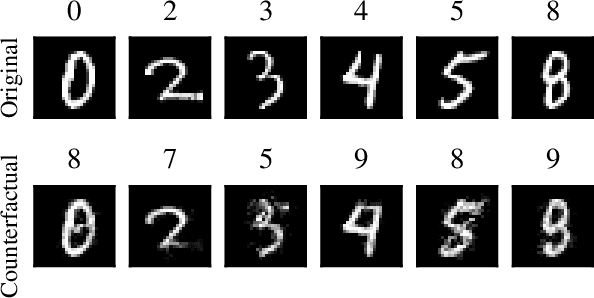
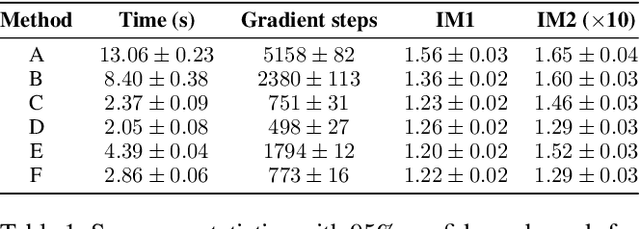
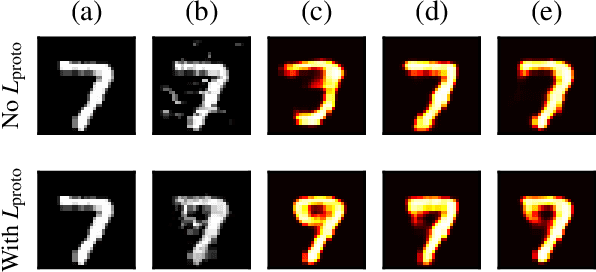

Abstract:We propose a fast, model agnostic method for finding interpretable counterfactual explanations of classifier predictions by using class prototypes. We show that class prototypes, obtained using either an encoder or through class specific k-d trees, significantly speed up the the search for counterfactual instances and result in more interpretable explanations. We introduce two novel metrics to quantitatively evaluate local interpretability at the instance level. We use these metrics to illustrate the effectiveness of our method on an image and tabular dataset, respectively MNIST and Breast Cancer Wisconsin (Diagnostic). The method also eliminates the computational bottleneck that arises because of numerical gradient evaluation for $\textit{black box}$ models.
 Add to Chrome
Add to Chrome Add to Firefox
Add to Firefox Add to Edge
Add to Edge